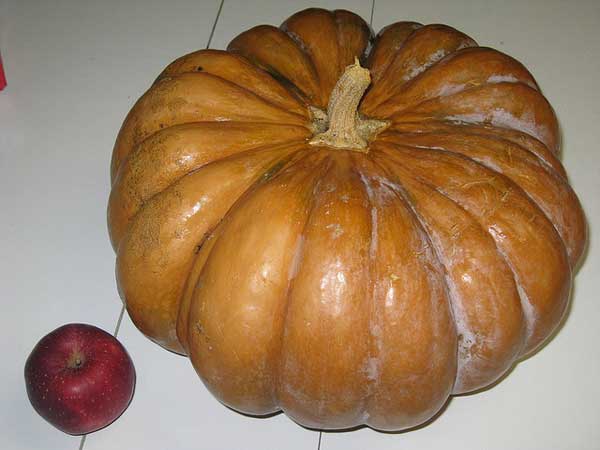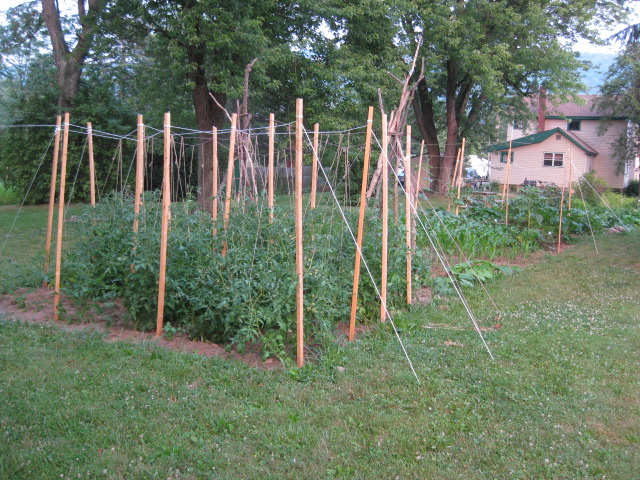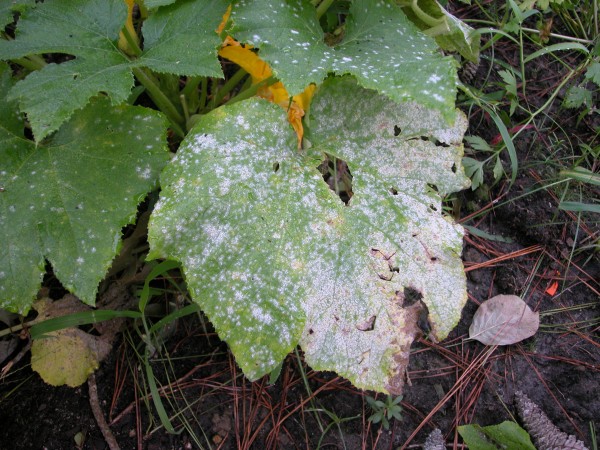-

Erin Donahue -

Christina Barkanic -

Brittany Trott -

Emily Wiley -

Jessica Reilley -

Chris Raines -

Will Nichols -

Emily Reddy -

Michele Marchetti -

Michele Frank -

James Gherardi -

Kit Henshaw -

Christina and Erin -

Kim Tait -

Erin McKinney -

Steve Spanelli -

Sam Komlenic -

Katherine Taylor Grofic -

James Eisenstein -

Jamie Oberdick -

Anna Lombardo -

LacCreta Holland -

Tony Ricci -

Local Food Journey -

Laura Young -

Kristin Camplese -

Harrison's Fresh + Local -

Danielle Matalonis -

Kristine A. -

Linda Weaver -

Naomi Elle Schwartz -

Dana Stuchul -

Cara McShane -

Brittany Smith -

Jessica Illuzzi - Frosty
-

Jessica Paholsky -

James Sechrengost -

Brad Yeckley -

Maya Althouse -

Jordan Reabold -

Kim Chase -

Maria Bryant - Alexandrea Scott
All Posts including “disease”
Cool/wet weather raises risks for garden fungal diseases

Rain is mostly a gardener’s best friend. While you can water during dry spells to keep plants alive, nothing seems to give them what they need to grow and produce like a good soaking rain. However, too much rain can be harmful to your garden. Along with causing weeds to grow like crazy and keep you away from chores, wet weather is what garden fungal diseases like blights and powder mildew thrive on. Combine that with cooler weather, such as this weekend’s fall feel, and you have the potential for large-scale garden losses.
Without a doubt, it’s a good idea to take steps to prevent fungal diseases before they get established. While some like early blight and powder mildew can be controlled, late blight is a death sentence to your tomatoes and potatoes. I’ve had late blight wipe out my tomato plants in a few days. So what can you do? Here’s a few tips:
- Give them some air: Good air circulation enables plants to dry out properly between rains, sometimes preventing fungal spores to take hold. You can do give them the circulation you need with tomato plants by removing lower leaves and ensuring they get good support. Be sure you do this sort of thing when plants are dry, as you can actually spread disease by fussing around in a wet garden.
- Water properly: If we indeed return to typical summer weather and have a dry spell (which would be a big help in fighting garden diseases), then at some point we’ll have to water. It’s much better to water plants via drip irrigation hoses or by putting a hose at the base of a plant than it is to water from above. Why? Because by wetting the leaves, you’re raising their chances for getting a fungal disease by giving the spores some much needed moisture.
- Keep them fed: Giving plants fertilizers, organic or non-organic, helps keep them healthy and better able to fend off diseases. Also, it’s a good idea to keep weeds under control. Along with hosting diseases, they compete with the good plants for soil nutrients.
- Spray: While many garden diseases are terminal, if you catch them early enough, they can be treated. There are a variety of sprays out there that work, including homemade organic ones that use common household products such as baking soda or even milk. The goal here is to make the environment hostile to fungus without harming plants. One I use is neem oil, which you can purchase at many big-box stores, garden centers, or online. Neem has an added bonus, it also works as an insecticide. Speaking of that, many garden pests such as cucumber beetles transmit garden disease, so be sure to keep them under control as well.
- Mulch ‘Em: Black plastic mulch raises soil temperatures to the point where fungal spores are killed. Mulch such as grass clippings spread around the base of the plant helps prevent soil-born pathogens from being splashed on the plant during heavy rains. And, there’s even reflective mulch out there; the reflected light confuses insects and keeps them away from the plant during early stages of growth.
Be Vigilent: It’s a good idea to take a walk around the garden and check plants for any changes in leaf appearance or stunted growth. There are several disease databases out there for gardeners that are available via a simple web search. Even if you don’t do anything else in it that day, give your garden a once over.
Continue Reading: Cool/wet weather raises risks for garden fungal diseases
![]() Posted by Jamie Oberdick on 07/02, 2015 at 08:57 AM
Posted by Jamie Oberdick on 07/02, 2015 at 08:57 AM
How to deal with two devastating late-season garden fungal diseases

As we wind down a summer that will go in the weather record books as one of the top five wettest summers in the 119-year history of weather records at State College, gardeners face a late-season challenge to their plots. Along with all that rain, we’ve had a cool but humid summer. These are just about perfect conditions for all sorts of garden fungal diseases to lay waste to your remaining garden season.
There are plenty of fungal diseases that can lay a hurt on your home garden production, but I am going to focus on two common and particularly destructive plant illnesses, late blight and powdery mildew.
Continue Reading: How to deal with two devastating late-season garden fungal diseases
![]() Posted by Jamie Oberdick on 08/25, 2014 at 07:49 AM
Posted by Jamie Oberdick on 08/25, 2014 at 07:49 AM
Fighting the good fight against garden diseases
This summer has definitely been a wet one so far, and gardeners and farmers alike across Central PA know that wet weather also means plant diseases. Cloudy, humid, and downright wet conditions provide ideal conditions for these diseases to strike. However, if your plants are under the disease gun, there are ways to save your plants and ensure a good harvest, even in a less-than-ideal year like the one we are currently having. Here are some tips:
Continue Reading: Fighting the good fight against garden diseases
![]() Posted by Jamie Oberdick on 07/22, 2013 at 08:02 AM
Posted by Jamie Oberdick on 07/22, 2013 at 08:02 AM
Water your garden the right way during next dry spell

Despite last night’s deluge that soaked many a garden and farm around the area and a forecast for a lot more rain, summer almost always has at least a few dry spells. Those are the days when the sun bakes the soil to a crispy golden brown dry, and your plants sometimes do things in desperate self-defense, like curl up leaves in the case of corn. You really have no other alternative but to give your plants the life that only good old water can give them.
Continue Reading: Water your garden the right way during next dry spell
![]() Posted by Jamie Oberdick on 06/26, 2013 at 01:57 PM
Posted by Jamie Oberdick on 06/26, 2013 at 01:57 PM
Tags: garden | watering | plantdisease |
Page 1 of 1 pages



